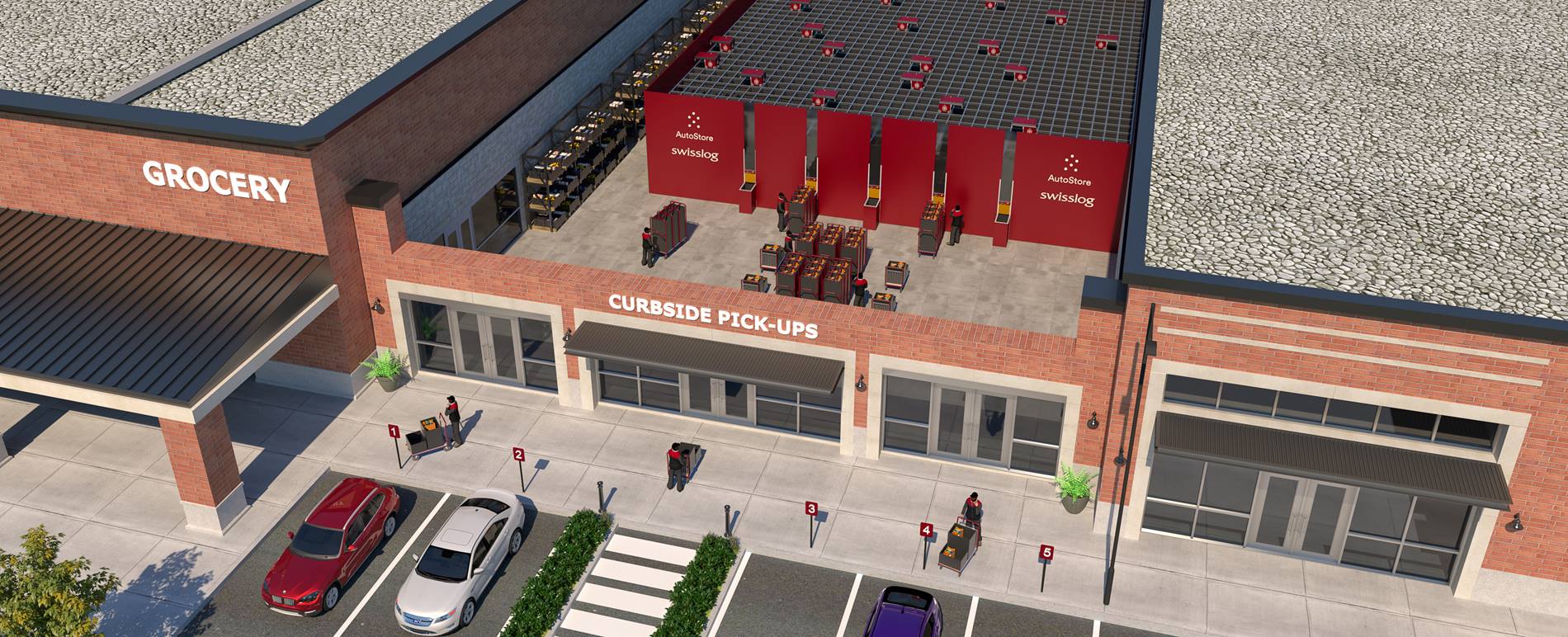
MODEX 2020 Highlights Need for Rapid Automation Deployment
17 March 2020
I’m writing this post on the final day of MODEX 2020, a show that has been dominated by a stream of new developments related to the COVID-19 virus. While this is a rapidly changing situation, one thing is becoming clear: as public health officials continue to stress the importance of avoiding crowds, consumers are relying more on e-commerce and e-grocery for their basic needs.
The e-commerce and e-grocery retailers I spoke with at the show are already seeing sharp spikes in demand and no one is sure how long this surge will last and whether volumes will ever return to previously normal levels.
That is creating concerns about how fulfillment operations can scale to meet current and future demand. This is particularly true in the e-grocery space, where demand has just recently reached the point where most grocery chains can no longer rely on manual picking from store shelves to fulfill orders. For many, this spike is occurring in an already rapidly growing segment of their business and before they have fully developed strategies for automating the fulfillment process.
So, the big question being asked at MODEX was, how quickly can we get automation up and running?
At Swisslog, we’ve been focusing for the last several years on reducing the time to deploy automation. The new generation of robotic and data-driven material handling solutions we offer already provides inherent advantages over legacy automation in terms of deployment times and flexibility.
But being faster than legacy automation is no longer enough as the current situation makes clear. Today, even the 12-month deployment times we could offer customers on a system such as AutoStore just aren’t fast enough.
The main reason AutoStore implementations take even this long is because of the need to customize software to the application. As AutoStore was still penetrating the market, virtually every installation required software customizations.
But now that we have done more than 200 implementations, and consistently integrated new features into our standard offerings, that’s no longer the case. Particularly for micro-fulfillment applications, such as those where fulfillment is integrated into an existing grocery store, our standard software can meet the requirements of many applications.
That allows us to cut AutoStore implementation time and software costs by as much as half with standardized systems that deliver robust software functionality. With these standardized systems, or AutoStore on Demand, you can go live in as little as six months.
Because AutoStore is modular and scalable, a standard solution doesn’t mean one-size-fits-all. We’ll work with you on the physical configuration of your AutoStore system—number of bins, robots and ports—based on your space and throughput requirements. And, you can always scale the system in the future, adding more storage modules, robots or ports. You can even move to robotic picking with the addition of ItemPiQ robots controlled by the same software that runs AutoStore.
If you’re ready to move forward with automation, we can help you accelerate your plans and go live faster. Contact us to get your AutoStore configuration started now.




